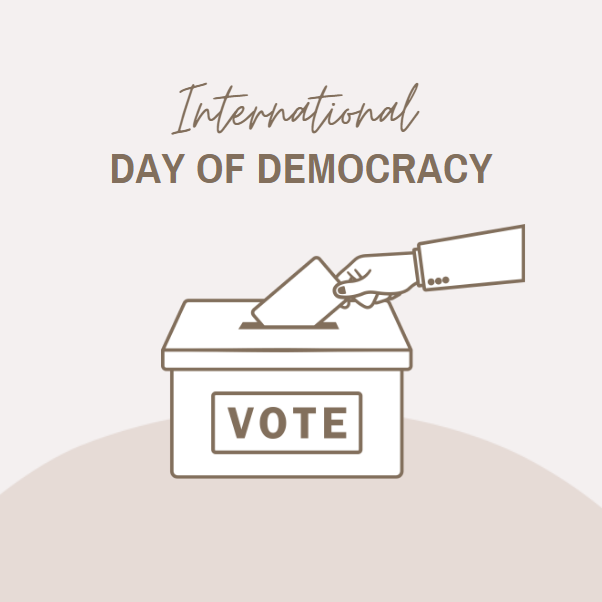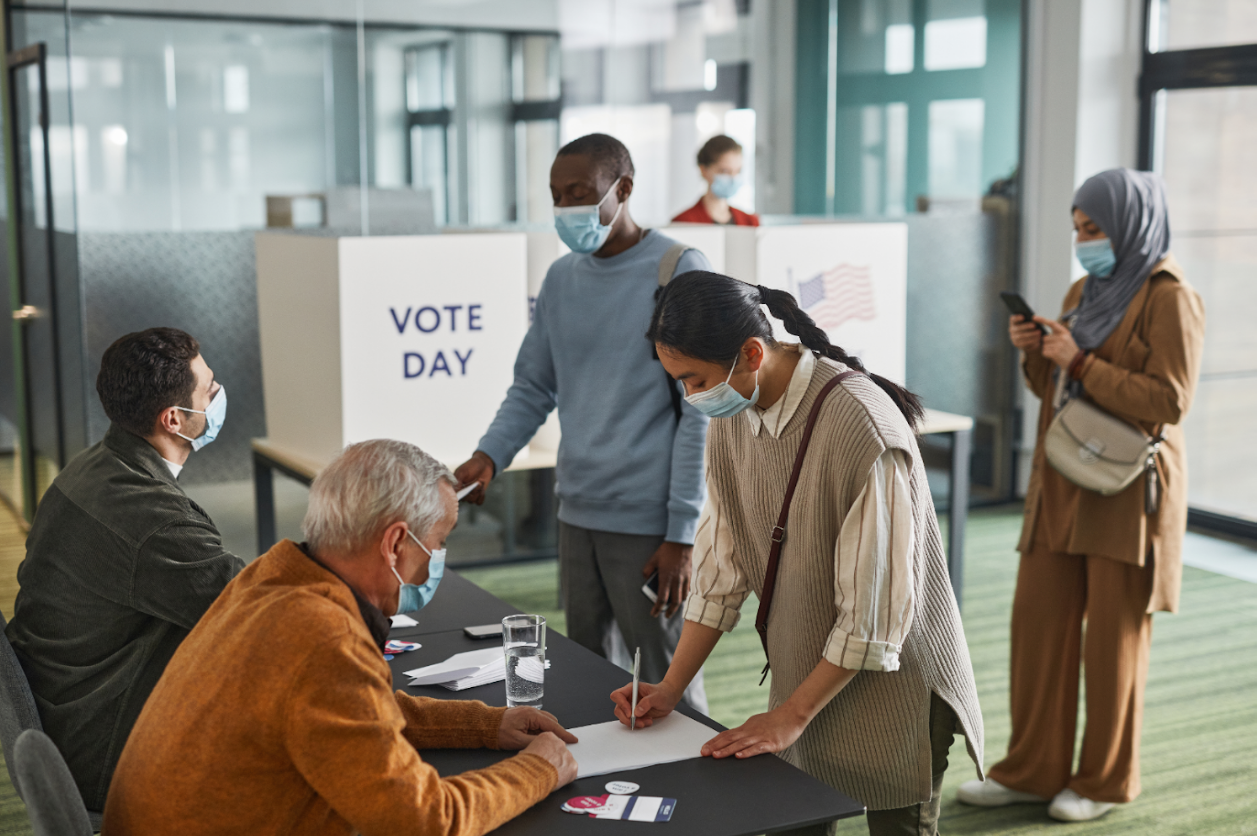57 percent of votes rejected Ohio’s Issue 1 last month, according to data provided by the Associated Press. If passed, it would have made it more difficult for changes to be made to the Ohio constitution. Issue 1 also raised concerns about abortion rights within the state, which will be voted upon in November.
74 percent of people aged 18 to 29, Pew Research found, believe abortion should be “legal in all or most cases.”
“I think young people involved, activated by the issue, was likely the deciding factor – or an important factor,” said Bill Kamil, a professor of humanities at Sinclair Community College, of Issue 1.
Youth Access to Voting
Though the data shows youth being the most supportive of legalizing abortion, they do not always have the opportunity to show that support through voting. The Civics Center found that fewer than 25 percent of youth aged 18, living in Franklin and Cuyahoga counties, were registered for the 2022 midterms.
Even as they are reaching the legal age, young voters are being hit with barriers to exercise this right. In 2021 alone, 389 bills planning to restrict voting eligibility were proposed.
And this is not the first time there has been strong opposition to young people voting.
Long before the 26th amendment – which, in 1971, would lower the voting age from 21 to 18 – was passed, American youth were being thrusted into war via the drafting system. They questioned why they needed to risk their lives for a country that would not let them participate in its democracy, especially when they made up such a large portion of the population at the time.

Kamil said that this “contradiction really helped the cause.”
However, Kamil said that recent arguments include that “young people are sort of avid, apathetic, don’t vote, don’t really get involved in the political process, they’re not as informed as they could be, they are maybe influenced by social media…”
But he also said that when people see their peers – especially those that look like them – speak out, they feel empowered to do so as well. And in the age of the Internet, spreading information to mass audiences is easier than ever.
The Power of Word of Mouth
In another survey facilitated by Pew Research Center, 45% of registered voters ages 18 to 29 said social media played a part in their encouragement to vote by friends and family.
Online and offline networks have fueled many social and political movements, such as Black Lives Matter. And accounts like Equality Ohio and So Informed give users bite-sized summaries and updates on issues they care about. They draw attention to happenings – both past and present – that youth citizens may not be aware of.
Sinclair also uses Twitter and Instagram to spread the word about its events and initiatives, such as Constitution Week, taking place from Sept. 17-23.
Kamil’s department sponsored the college’s celebration of Constitution Day on Sept. 21. As part of the event, Judge Walter H. Rice of the U.S. District Court for the Southern District of Ohio discussed the judicial system and the difficulties that come along with it.
“And there are a lot of other things the college does, but I would say probably the most important thing is its role as an educator,” Kamil said. “So, in, you know, in history class, in political science classes, in other courses at the college, students gain access to information.”
Institutions of higher education can act as places for students to gather and get involved, whether that be through existing initiatives or their own. And this is something that Kamil encourages, saying that nonpartisan organizations such as the Dayton chapter of League of Women Voters are great places to start.
“Find the things you feel passionate about,” Kamil says.
Why Vote?
Being loud about this passion – and joining others in it – is especially important for those who are unable to vote.
For those who are, though, Kamil says that “voting is probably the minimum anybody can do as a citizen.”
Kamil said that young adults should pay attention to every election and opportunity to vote, especially the primaries – “the nuts and bolts of the political process.”
Young adults voting helps to “expand the electorate” and ensure more people can participate and be represented in democracy.
Because, at the end of the day, the young people of today will be the ones affected by the decisions of tomorrow.
“Why should you let other people make these decisions for you?” Kamil said.
Before voting, remember to check your registration, and make any necessary arrangements (such as requesting an absentee ballot). The deadline to register for the November general election is Oct. 10.
Carly Webster
Staff Writer

